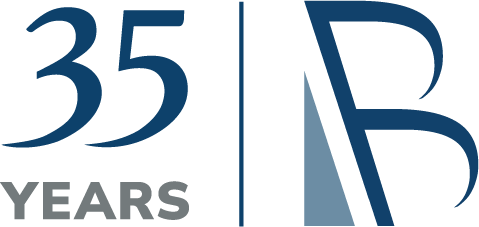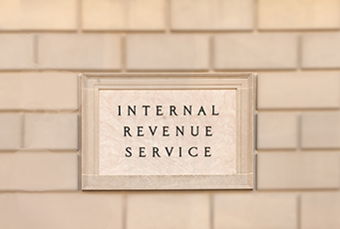Given the choice, would you prefer a tax break now or a tax advantage later? The differences between 401(k) plan options can have substantial effects on your long-term financial goals. Are you equipped with the knowledge to choose the right one?
When signing up to make contributions to your employer 401(k) plan, if the plan allows, you will also be choosing between the traditional and Roth options. Your choice will determine whether you get a tax benefit now or during your retirement years. The best option for you depends on your personal situation and assumptions regarding future tax rates.
401(k) Traditional Option
A traditional 401(k) plan is funded with pre-tax dollars. Contributions and earnings in the account grow tax-deferred. The Internal Revenue Service (IRS) taxes withdrawals from a traditional 401(k) plan at the individual’s ordinary income tax rate in the year of the withdrawal. Simply put, traditional 401(k) contributions are taxed on the way out of the plan during retirement, providing the employee with a tax break now.
401(k) Roth Option
The Roth option of a 401(k) plan is funded with after-tax dollars. Different from traditional contributions, Roth 401(k) contributions are taxed on the way in to the plan. However, all earnings plus the contributions are tax-free when withdrawn in retirement. The short-term result is lower take-home pay. The long-term advantage, however, is tax-free earnings and withdrawals down the road!
Rollover and Withdrawal Implications
One key differentiator between the traditional and Roth options of a 401(k) plan is the withdrawal requirement. A traditional 401(k) plan will generally be rolled-over to a traditional IRA upon retirement and will then be subject to required minimum distributions (RMDs) starting at age 70 ½ years. The Roth 401(k) dollars must be rolled directly into a Roth IRA upon retirement. The owner of a Roth IRA is not subject to RMDs. The funds can continue to grow and become an ideal account for transferring assets to heirs. While those who inherit a Roth IRA are subject to RMDs, all distributions remain income tax free.
Which Is Best For Me?
The suitability of a traditional versus Roth 401(k) depends on each individual situation. A traditional 401(k) may be best if an employee is currently in a higher income tax bracket than he/she expects to be in the future. The employee avoids paying tax at the higher rate now and pays at a lower tax rate when beginning distributions in retirement. For example, a taxpayer in the 28% marginal federal tax bracket and paying 5% state/local tax will reduce his/her income taxes for the year by $333 for every $1,000 contributed to the traditional 401(k). The higher your marginal tax rate, the larger the tax savings. If the taxpayer’s rate drops in retirement to 15% plus 5% for state/local, for every $1,000 withdrawn, only $200 of income tax will be paid.
Contributing 401(k) dollars to the Roth option may provide the best results for an employee with a long time horizon and/or who expects to be in the same or higher income tax bracket during retirement. Because all earnings on the Roth contributions are tax-free, the longer the participant’s investment horizon, the more potential for tax-free growth! Likewise, an employee who is just starting his/her career may be in a relatively low tax bracket. Therefore, paying the tax now on Roth contributions can pay off nicely in the long run. As a side note, some believe that given the current U.S. budget deficit spending, tax rates may be required to increase in the future. Making after-tax Roth 401(k) contributions now may help protect investors from these potential tax increases.
Roth 401(k) contributions can also be beneficial to a high income earner who is not eligible to contribute to a Roth IRA. A Roth 401(k) plan does not have income limitations like a Roth IRA; an employee can contribute regardless of their overall income level.
Whether contributions are made as traditional, Roth, or a mixture of both, 401(k) plan contributions are limited to $18,000 for 2015 plus an additional $6,000 for employees age 50 or older. Keep in mind that any employer match or profit-sharing contributions to the 401(k) are required to be pre-tax, so the participant will have some pre-tax dollars even if his/her personal contributions are after-tax. Accumulating both pre-tax and after-tax money for retirement has the ability to give an individual more control over their tax situation once distributions begin.
Summary
It is important to know the differences in retirement plan options and which is best suited to help you reach your financial goals. However, keep in mind that the decision to save is the first and most important of all!
Prior to implementing any investment strategy referenced in this article, either directly or indirectly, please discuss with your investment advisor to determine its applicability. Any corresponding discussion with a Bedel Financial Consulting, Inc. associate pertaining to this article does not serve as personalized investment advice and should not be considered as such.
Recommended Articles
Retiring Early? Avoid Withdrawal Penalty
The “Roth Conversion Ladder” strategy isn’t for everyone,...





